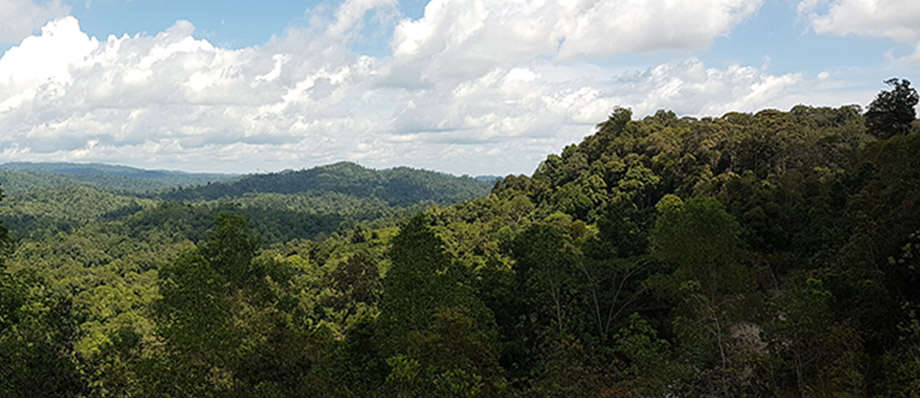
Humidity . . . 80%. Chance of thunderstorms . . . a little less . . . 79%. To preserve and protect endangered species, sometimes you have to go where the animals are, where they live, and sometimes, those locations aren’t always pleasant.
This past week, we sent two of our field agents, Mike and Shanea, into the jungles and mangroves of the Kalimantan regions of Borneo. Their mission: to begin the early stages of monitoring tech installation on the island to protect orangutans, other endangered species, and the ecosystem as a whole.
The island has a rich history. It’s forest canopies are among the tallest of all the nearby areas, due to it’s rare absence of volcanos, coupled with tsunami protection from surrounding islands. It’s a rich history that has lead evolution to create some of the largest and most diverse collections of animals species anywhere on earth, but it’s also a history that has been muddied with decades of habitat destruction.
Rich, indeed, can have many meanings.
Upon arriving, Mike and Shanea, quickly began prepping cameras to be deployed into the field. A tedious task to be sure, because the climate of this region requires that all equipment must be sealed, waterproofed, and double-checked to ensure there are no possible entrances for any liquids to enter into the electronics.
Next step, hopping on a small motorized boat, to head to into the inner reaches of the forest.
It is here where the real work begins. Climbing trees, just like the surrounding gibbons and orangutans, our team places our camera gear in the best possible spots to monitor wildlife. It is these cameras that will allow our team in Denver, Colorado to actively and consistently monitor the ecosystem, protecting against potential poaching, trespassing, illegal logging and even theft.
And it couldn’t have happened a moment too soon either. Only a few days after installing WPS cameras, our monitoring captured late-night trespassers into the remote forest, possibly for illegal logging. Turns out the threat was cultivated internally within some of the security team, and has been dealt with. But it just goes to show you, that there are a myriad of threats that we can detect and, and while a bulk of our efforts are focused around anti-poaching in South Africa, our team still manages to capture a lot of trespassers, allowing us to protect entire ecosystems, and not just the animals within them.
While still in the early stages of development, it is our hope for this project that we will be able to place hundreds of cameras throughout the entire ecosystem. Without a complete and accurate picture of just what is happening on the ground here, it’s anyones guess as to which direction could possibly the best for conservation efforts.
There are still a lot of unanswered questions remaining in the Kalimantan regions of Borneo that need to be answered. Among these questions are: Just how many species actually exist here? What does a healthy ecosystem look like? Who is trespassing and how often is it happening?
With our wpsWatch system in place, again, we hope to answer these questions, and hope that you’ll join us.

